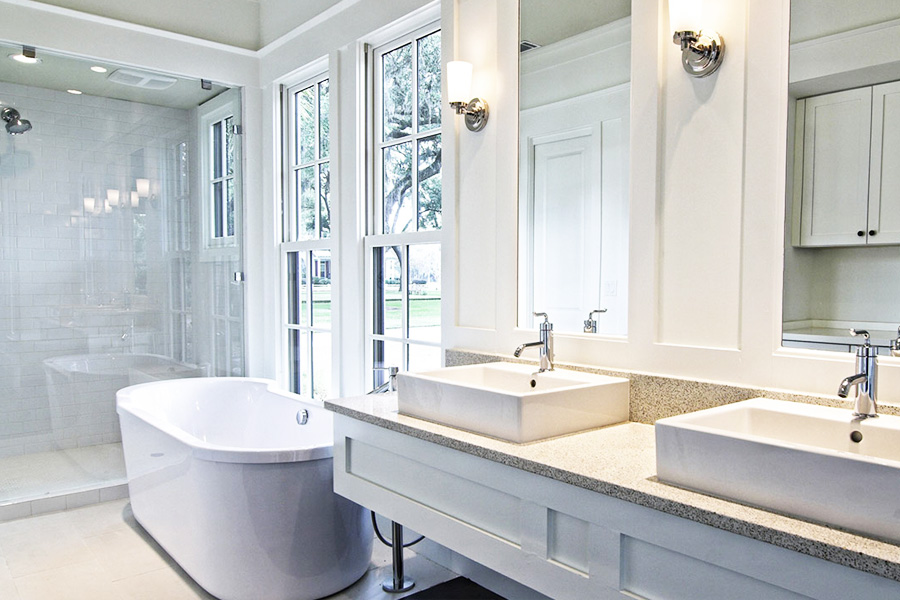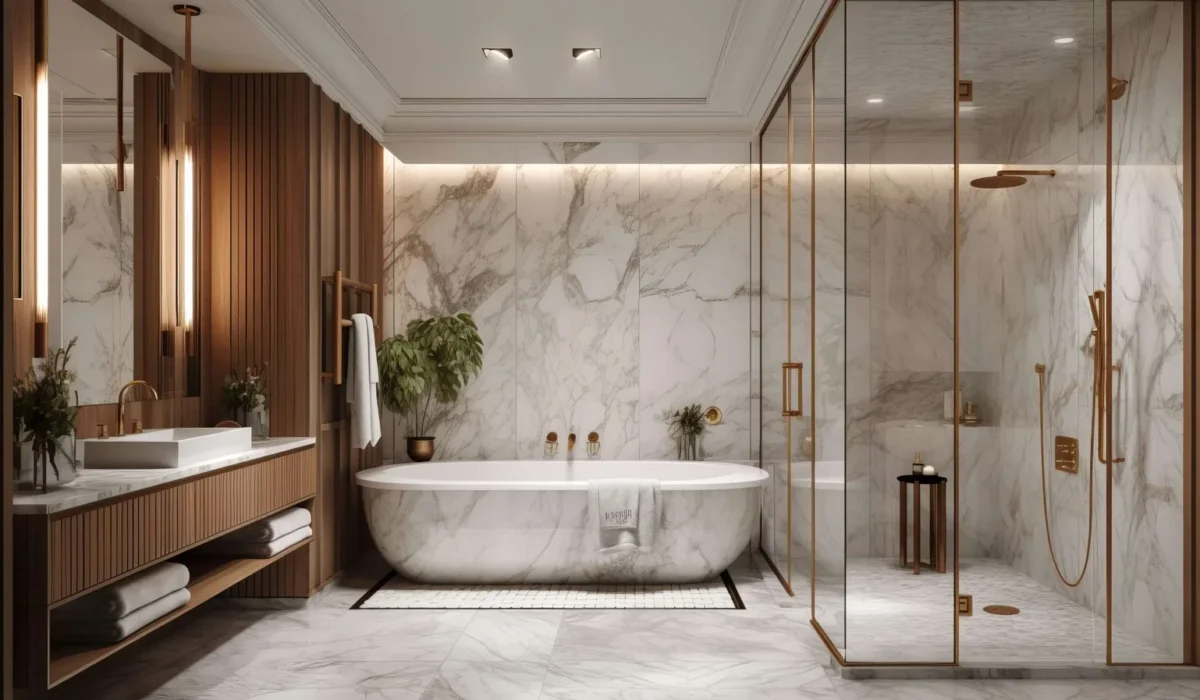
Bathroom Upgrades to Lower Water Bill Effectively
In an era where environmental conservation is crucial, making conscious efforts to save water is more important than ever. One of the most effective strategies to achieve this is through bathroom upgrades to lower water bill. By focusing on this key area of your home, you can significantly reduce your water usage, ultimately resulting in lower utility bills and a more sustainable lifestyle.
The bathroom is one of the most water-intensive areas in a home. Therefore, implementing water-saving measures here can have a substantial impact. Let’s explore how you can make your bathroom more efficient.

Understanding Your Current Water Usage
Before diving into upgrades, it’s essential to understand how much water your bathroom currently uses. This can be achieved by examining your monthly water bill and identifying high consumption patterns.
Identify Water-Wasting Fixtures
Many older fixtures tend to use more water than necessary. Identifying these fixtures is the first step towards reducing your water bill.
Investing in Water-Efficient Toilets
Toilets account for nearly 30% of an average home’s indoor water consumption. Upgrading to a water-efficient toilet can save gallons of water per flush. Consider models that feature dual flush technology for even more savings.
Benefits of Dual Flush Toilets
Dual flush toilets allow you to choose between a low volume flush for liquid waste and a higher volume flush for solid waste, optimizing water usage.
Installing Low-Flow Showerheads
Showers are another major water user in the bathroom. By switching to low-flow showerheads, you can significantly reduce water usage without sacrificing water pressure.
Choosing the Right Showerhead
When selecting a low-flow showerhead, look for models that offer a satisfying shower experience while minimizing water flow.
Upgrading Faucets for Efficiency
Water-saving faucets can help reduce the amount of water used during daily activities such as brushing teeth or washing hands. Look for faucets with aerators that mix air with water to maintain pressure while using less water.
Faucet Aerators
These small devices can be installed on existing faucets to reduce flow and save water without affecting performance.
Installing Eco-Friendly Fixtures
Beyond basic upgrades, consider adding eco-friendly fixtures to your bathroom. These can include water-efficient bathtubs, bidets, and even smart faucets that monitor water usage.
Smart Technology
Smart faucets and showerheads can provide feedback on water use, helping you make informed decisions about conservation.
Fixing Leaks Promptly
Even small leaks can lead to significant water waste over time. Regularly check for leaks in your bathroom and address them promptly to prevent unnecessary water loss.
Common Leak Sources
Check under sinks, around toilets, and in shower areas for signs of leakage.
Adopting Sustainable Practices
Beyond physical upgrades, adopting sustainable practices in your daily routine can further reduce water usage. Simple actions such as turning off the tap while brushing teeth can make a difference.
Mindful Water Usage
Encourage family members to be conscious of their water use and educate them on the importance of conservation.
Conclusion
Implementing bathroom upgrades to lower water bill is a practical and impactful way to contribute to water conservation efforts. By making thoughtful choices about fixtures and daily habits, you can achieve significant savings on your water bill while playing a part in preserving our planet’s precious resources.

Frequently Asked Questions
What is the most effective bathroom upgrade to save water?
Upgrading to a water-efficient toilet is one of the most impactful changes you can make, as it significantly reduces water usage per flush.
Are low-flow showerheads worth the investment?
Yes, low-flow showerheads can save a substantial amount of water without compromising your shower experience.
How can I detect leaks in my bathroom?
Regularly inspect under sinks, around toilets, and in the shower for any signs of water leakage, and address any issues promptly.
This article contains affiliate links. We may earn a commission at no extra cost to you.